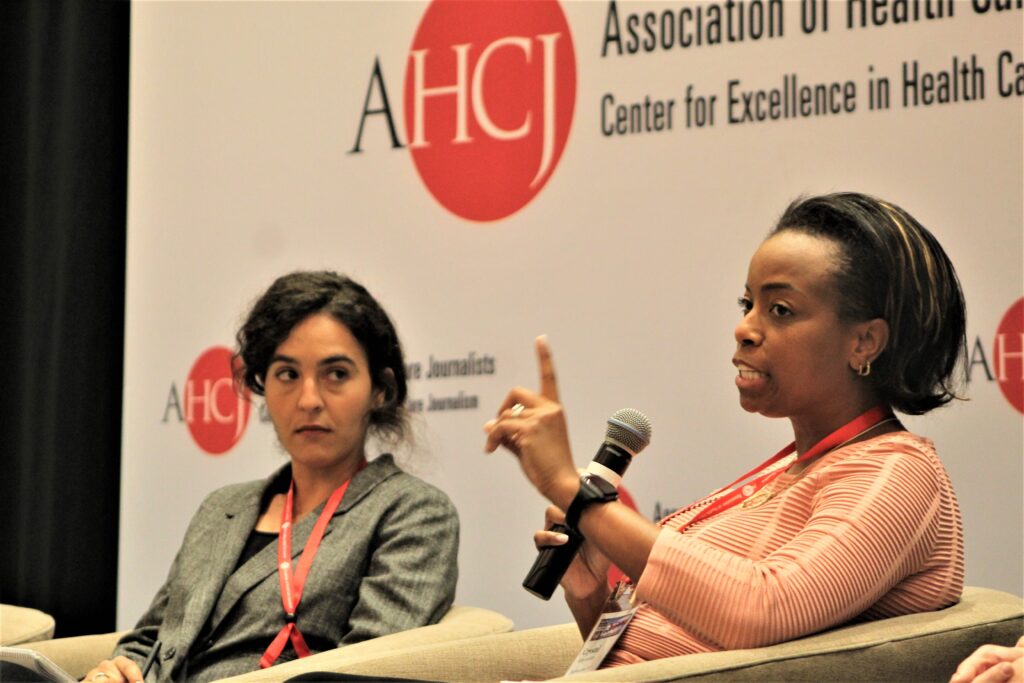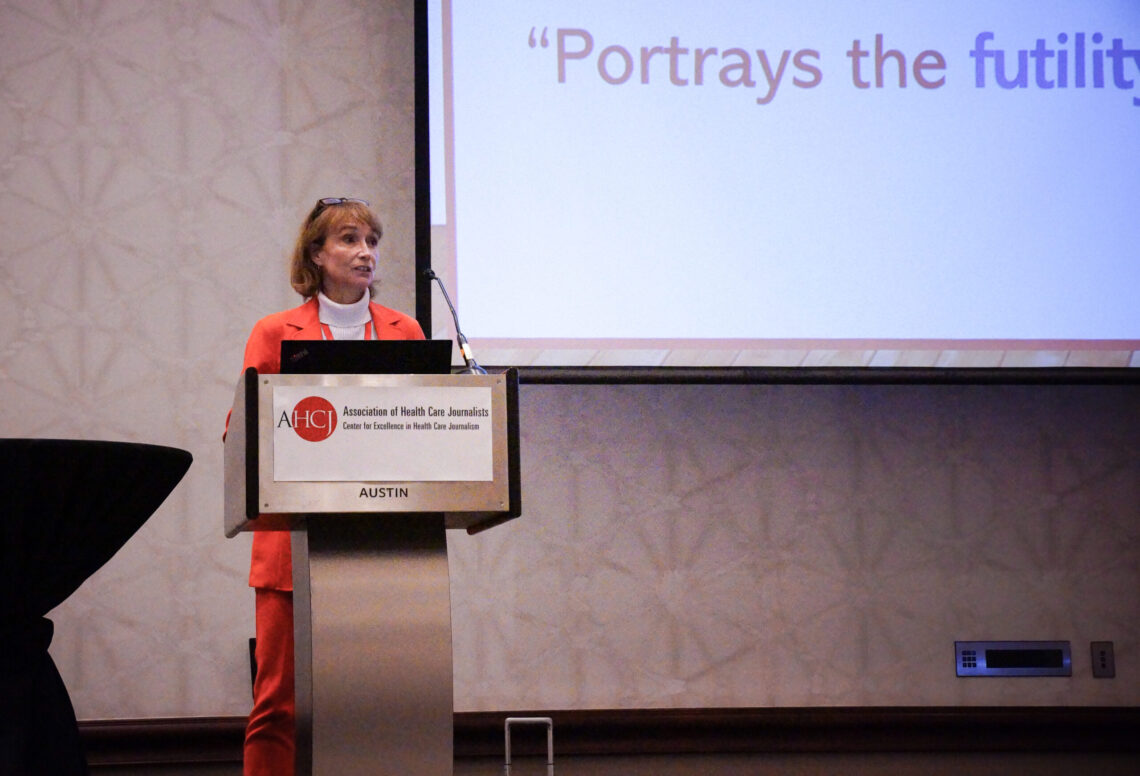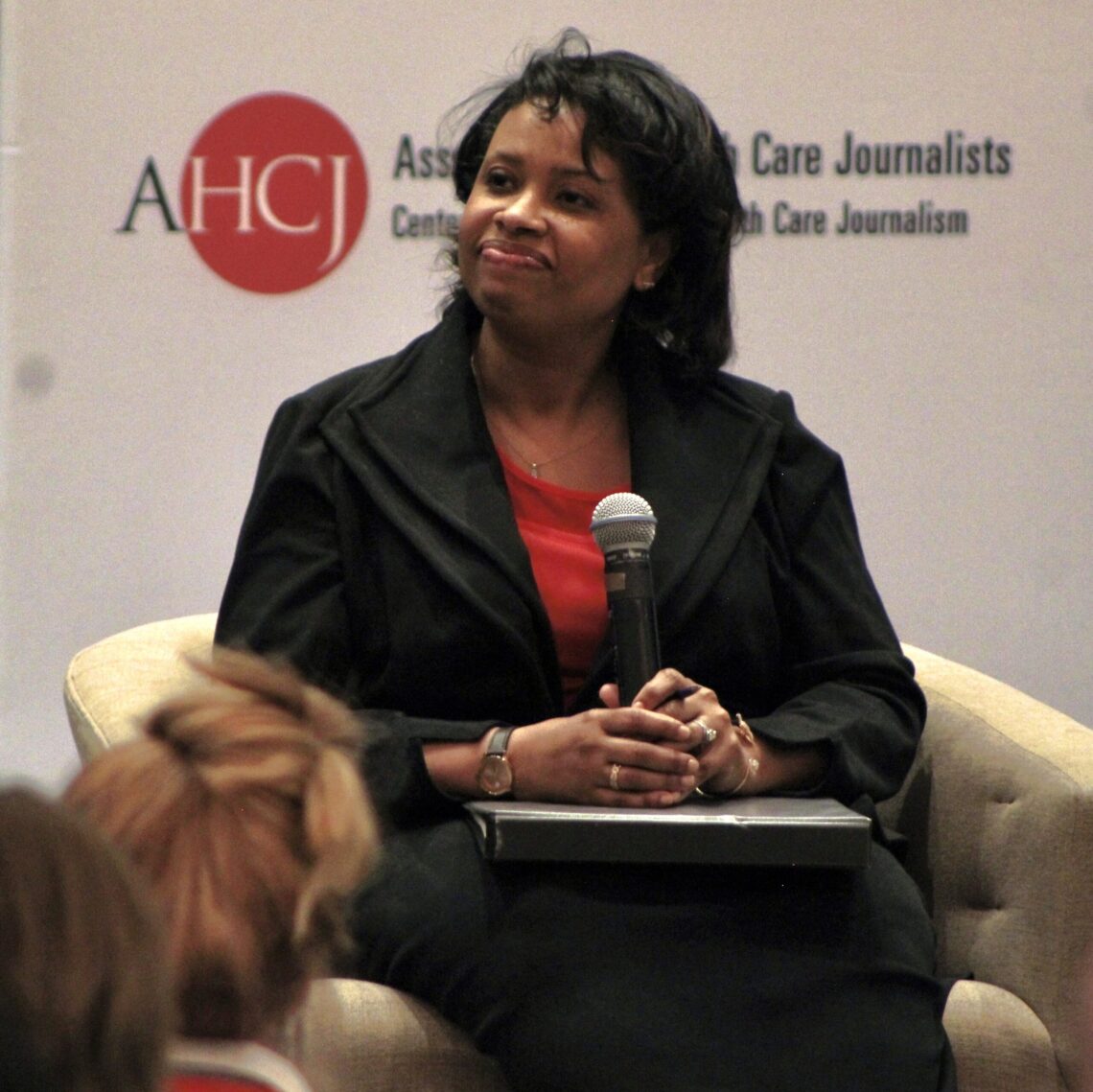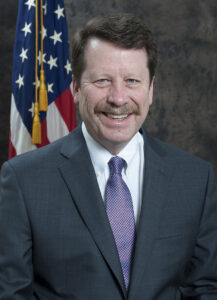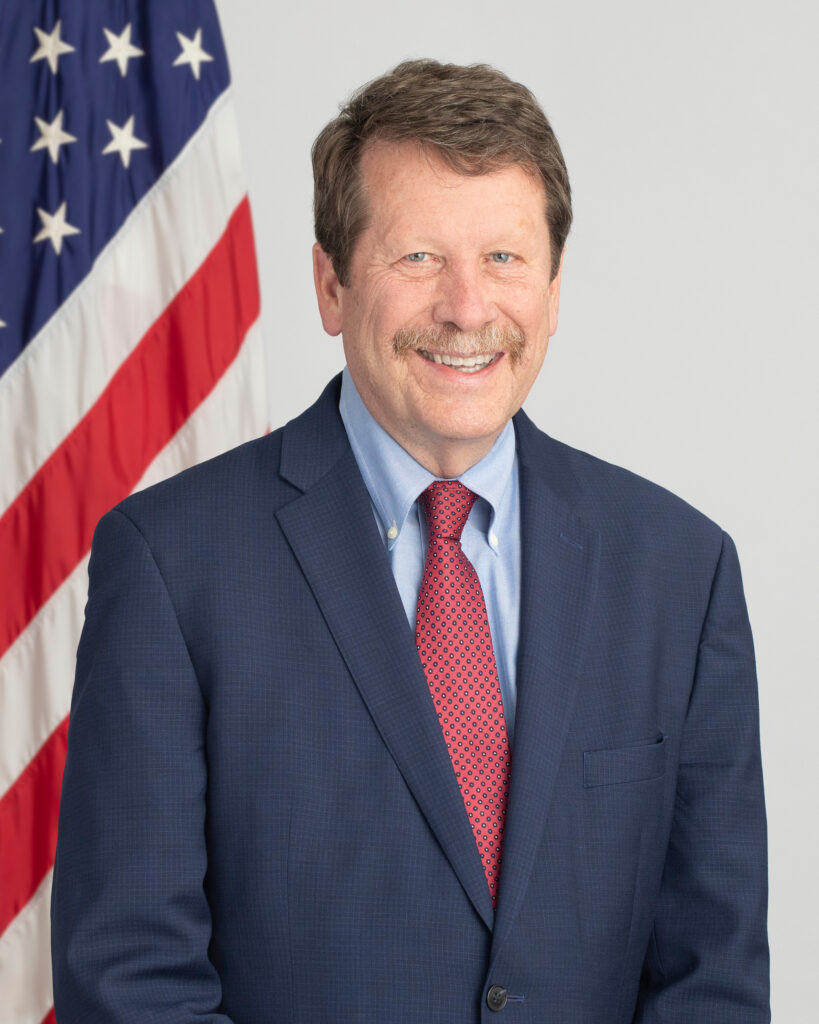Tag
HJ22
-
With Roe likely in its final days, experts say reporters should sharpen focus on abortion as a health issue
Pregnancy is a medical condition and abortion is an intervention for it, so journalists writing about the topic should take…
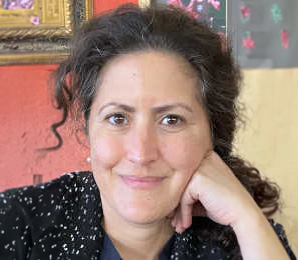
-
Think outside the box when looking for human sources
It can seem hard for journalists to find people open to sharing personal stories about sensitive topics. But they can…

-
Rising prescription drug prices: What to know
In pharmacies across the country, sticker shock is not uncommon. The high price of prescription drugs is one of the…

-
FDA Commissioner Califf sounds the alarm on health misinformation
Food and Drug Administration (FDA) Commissioner Robert Califf, M.D., M.A.C.C., isn’t easy to rattle. During a Q&A on Friday, April…

-
How to find reliable COVID-19 data
One of the most challenging aspects of reporting on the pandemic has been accessing reliable, accurate data about COVID-19 and…
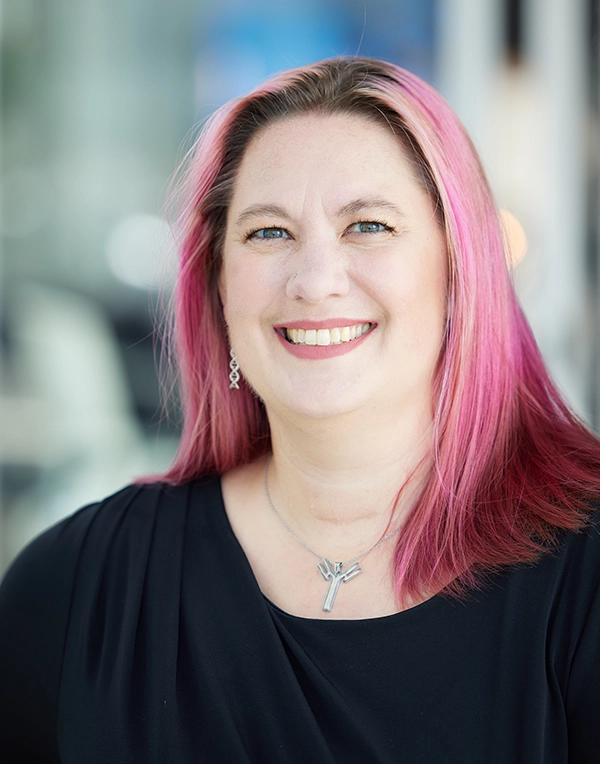
-
CMS Administrator Brooks-LaSure kicks off AHCJ 2022 in Austin
Chiquita Brooks-LaSure, administrator for the Centers for Medicare and Medicaid Services (CMS), opened AHCJ’s Health Journalism 2022 conference on Thursday,…
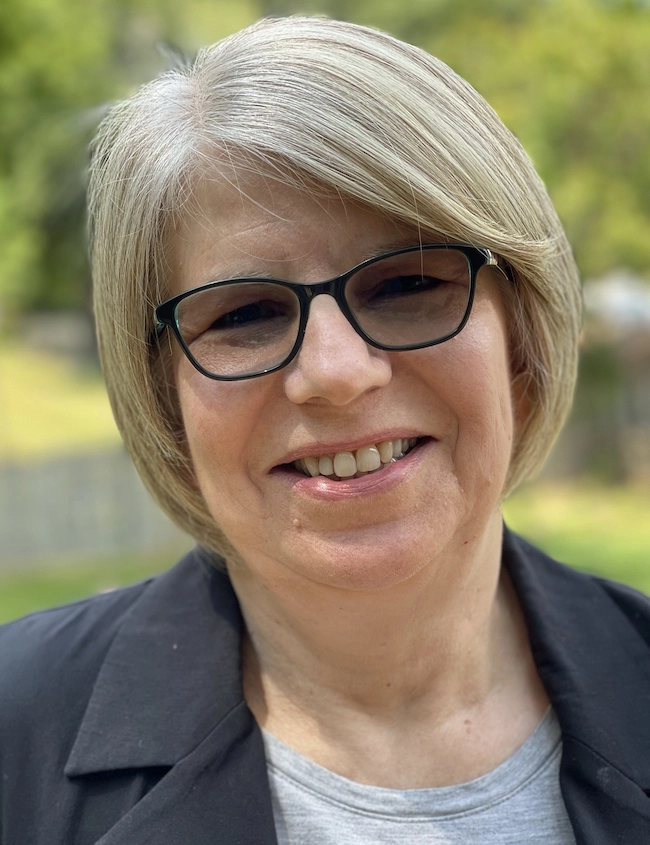
-
Public records: Dig deep (but curb your expectations)
Lexi Churchill of ProPublica (at the podium) and Sandhya Kambhampati of the Los Angeles Times (to the right) talking to…

-
A few of my favorite things … in Austin
Conference week is finally here! I can’t tell you how excited I am not only to attend my first in-person…

-
Tune into Facebook Live at 12:15 p.m. Friday to hear FDA Commissioner Califf
FDA Commissioner Robert Califf will speak and take questions on Friday, April 29 at 12:15 p.m. CST, at AHCJ’s annual…

-
FDA Commissioner Dr. Robert Califf to speak at Health Journalism ’22 in Austin
FDA Commissioner Robert Califf, M.D., M.A.C.C., will talk about the agency’s main priorities on Friday, April 29, at the Association…

